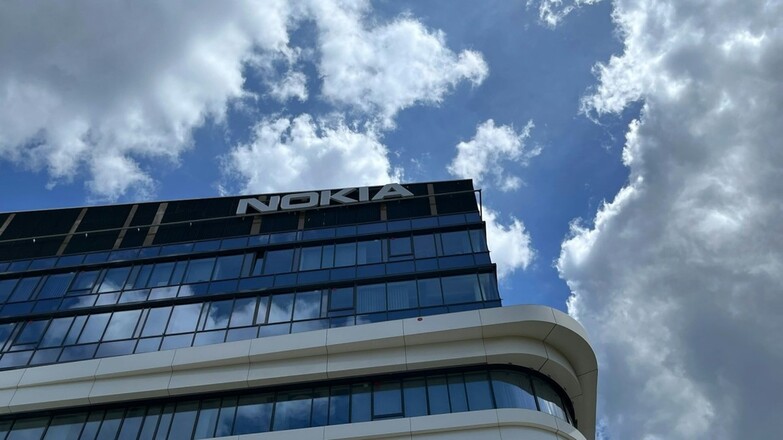
NVIDIA is expanding its ambitions beyond the realm of artificial intelligence and high-performance computing into the very networks that carry global data traffic. During his keynote at the company’s GPU Technology Conference (GTC) in Washington, D.C., CEO Jensen Huang announced that NVIDIA will invest $1 billion in Nokia, acquiring roughly 166 million new shares at $6.01 each – a 2.9% stake in the Finnish telecom company.
The partnership marks a strategic shift for NVIDIA, signaling its intent to shape the infrastructure layer of next-generation wireless computing.
Huang, known for his sweeping technological visions, framed telecommunications as the “digital nervous system” of the modern economy – a critical foundation that, in his view, has been dominated by non-U.S. vendors for too long. With the deal, NVIDIA aims to bring part of that technological leadership back under American influence, pairing its AI and accelerated computing platforms with Nokia’s deep expertise in network hardware. The collaboration will focus on creating AI-driven radio access networks (RAN) that can dynamically manage the massive data volumes generated by emerging applications in automation, robotics, and real-time analytics. Nokia, meanwhile, will use the capital infusion to fund AI development and ongoing operations.
For Nokia, the partnership comes at a pivotal moment. Once synonymous with indestructible mobile phones, the company now designs and supplies much of the equipment behind global 5G infrastructure.
Under its new CEO, Justin Hotard, a former Intel executive, Nokia has sharpened its focus on the convergence of AI and telecommunications. Hotard has described the shift from 5G to 6G as more than an incremental improvement – it’s a “fundamental redesign” that will push intelligence closer to users, moving computation from centralized data centers to the network edge.
NVIDIA’s Modular Edge System
Central to this new vision is NVIDIA’s Aerial RAN Computer Pro (ARC-Pro) – a modular edge system that merges connectivity, compute power, and sensor control into a single unit. Designed for low-latency environments such as autonomous drones, smart factories, and streaming applications, ARC-Pro runs on NVIDIA’s CUDA platform, enabling software-defined upgrades rather than full hardware replacements. Nokia’s AirScale radio platform will integrate this technology, allowing telecom operators to upgrade base stations through software updates – a potential cost-saving breakthrough for carriers facing the expensive transition to 6G.
The alliance also extends to Dell Technologies, which will supply its PowerEdge servers to turn these edge deployments into reliable micro-data centers optimized for AI workloads. The combined effort illustrates a new chapter in the evolution of network infrastructure – one in which traditional telecoms, chipmakers, and enterprise hardware vendors converge to create intelligent, self-optimizing networks.
For NVIDIA, the Nokia partnership is both a business expansion and a geopolitical statement. It positions the company at the heart of how digital intelligence moves through the world – from data center to device, and increasingly, across the airwaves.


